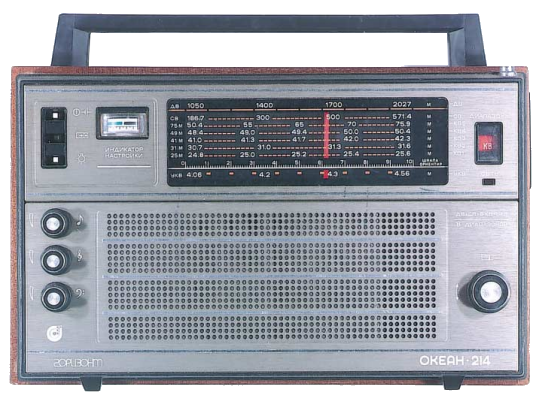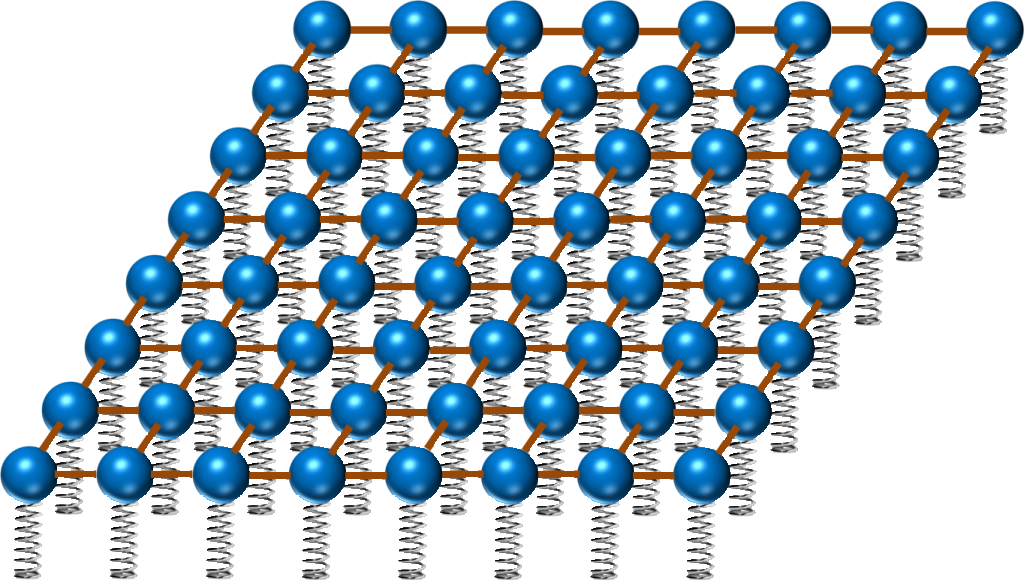Doing quantum computing researches as theoretical physicists
Ninnat Dangniam
The Institute for Fundamental Study (IF), Naresuan University


Asst. Prof. Dr. Sikarin Yoo-kong
Asst. Prof. Narongrit Maneejiraprakarn
Prof. Dr. Salvatore De Vincenzo
Quantum Information Science (QIS) Lab
Dr. Ninnat Dangniam (นินนาท แดงเนียม)
Quantum computing, mathematical structure of quantum theory
Mathematical physics, integrable systems
Mathematical structure of quantum theory, relativistic wave equations
Signals and systems
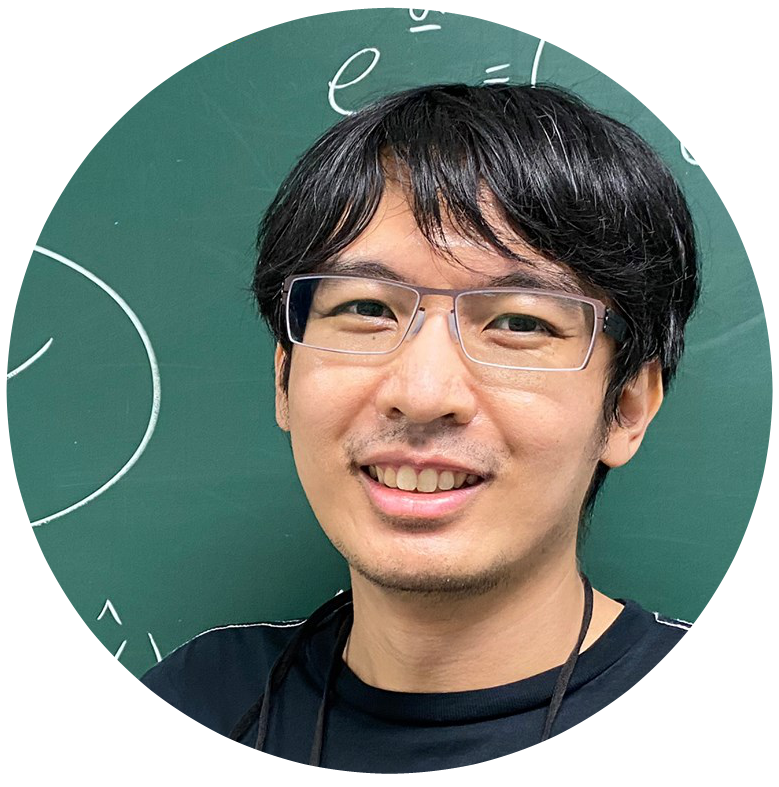
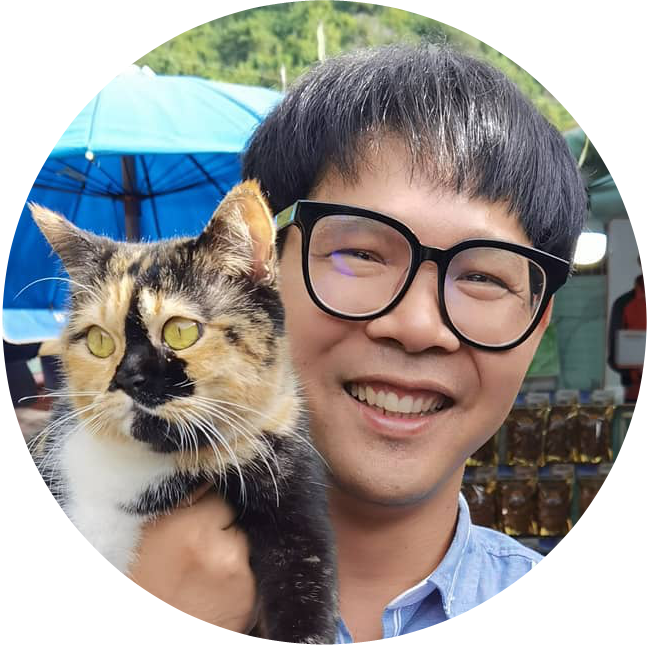
(ณรงค์ฤทธิ์ มณีจิระปราการ)
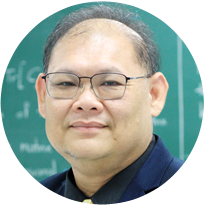
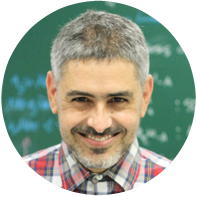
(สิขรินทร์ อยู่คง)
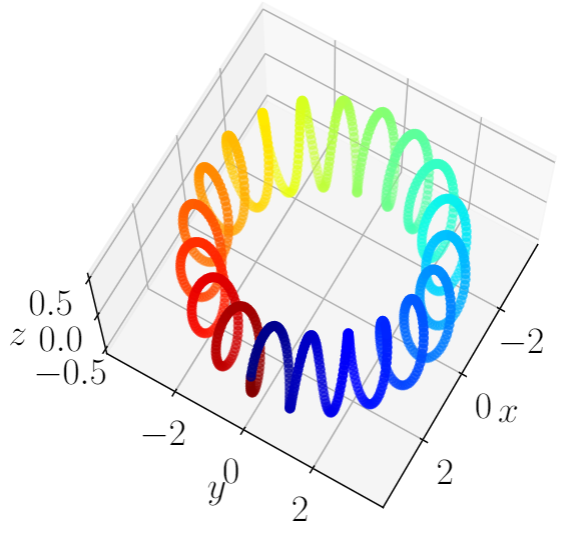
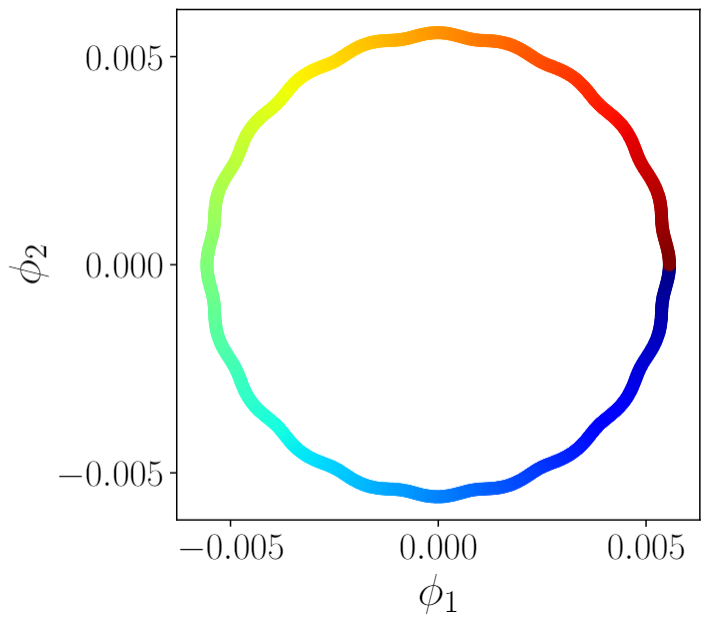
Quantum algorithms for ML
Quantum characterization
Architectures for showing quantum advantage
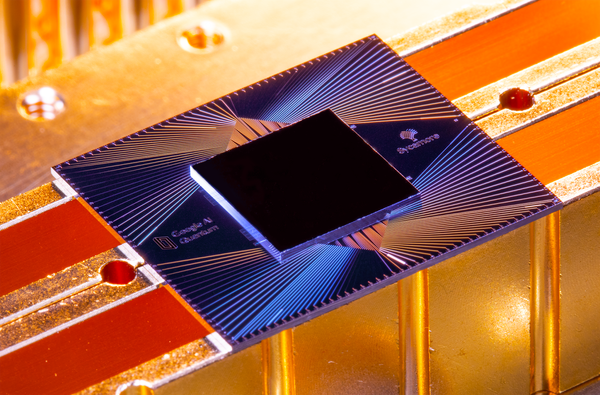
Erik Lucero/Google
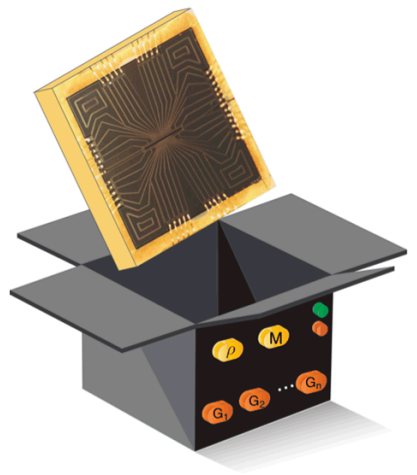
Kenneth Rudinger (Sandia), APS March Meeting 2016
Works that I do

PI: Dr. Thiparat Chotibut (ธิปรัชต์ โชติบุตร)
Sornsaeng, ND, Palittapongarnpim, Chotibut, Quantum diffusion map for nonlinear dimensionality reduction, PRA 2021
Outline

Reiher et al., PNAS 2017

\(10^5-10^6\) physical qubits with \(10^{-6}-10^{-9}\) error rates
Quantum simulation of nitrogen fixation
The carbon footprint of a loaf of bread is about 590g (more than that of a one-mile commute), 40% of which is CO2 emitted during fertilizer production
Quantum computing is an interdisciplinary field
Quantum computing is an interdisciplinary field
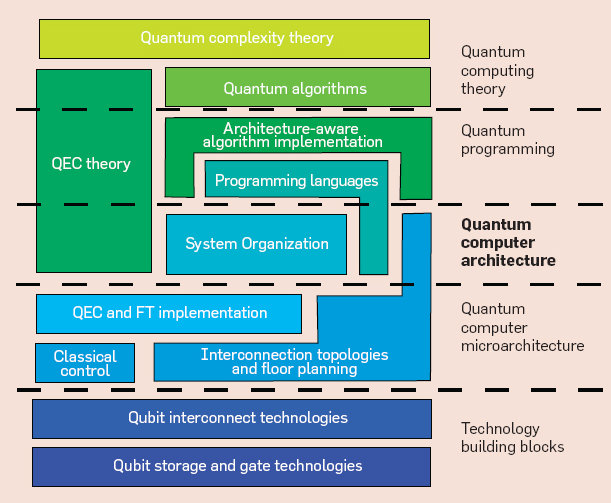
Outline
The Importance of models
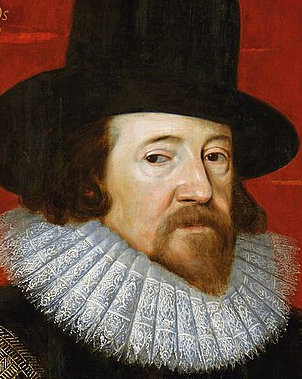
Baconian science: inductive, based on empirical observation
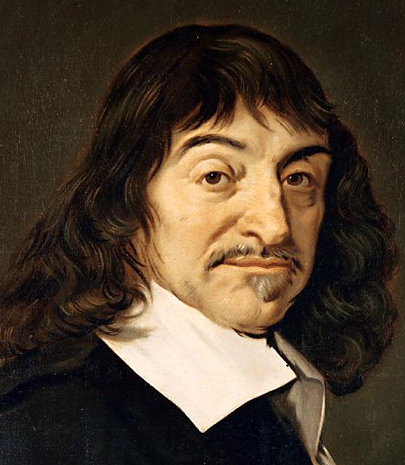
Cartesian science: deductive, based on logical and mathematical reasoning
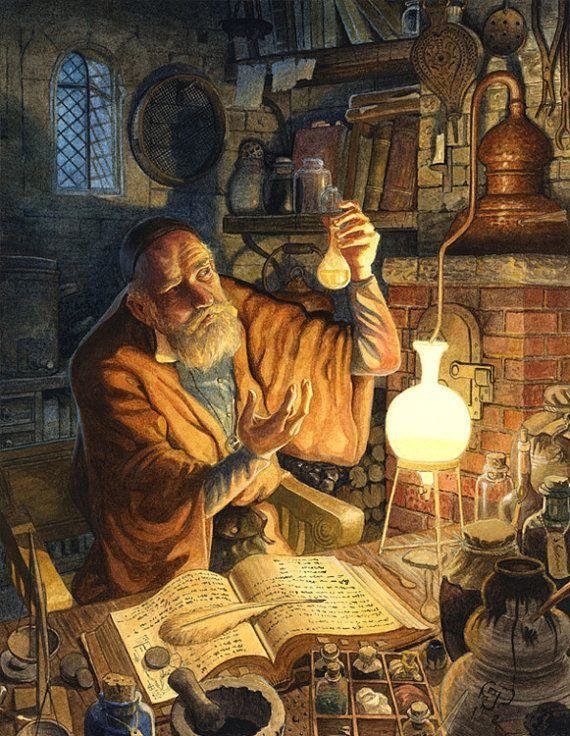
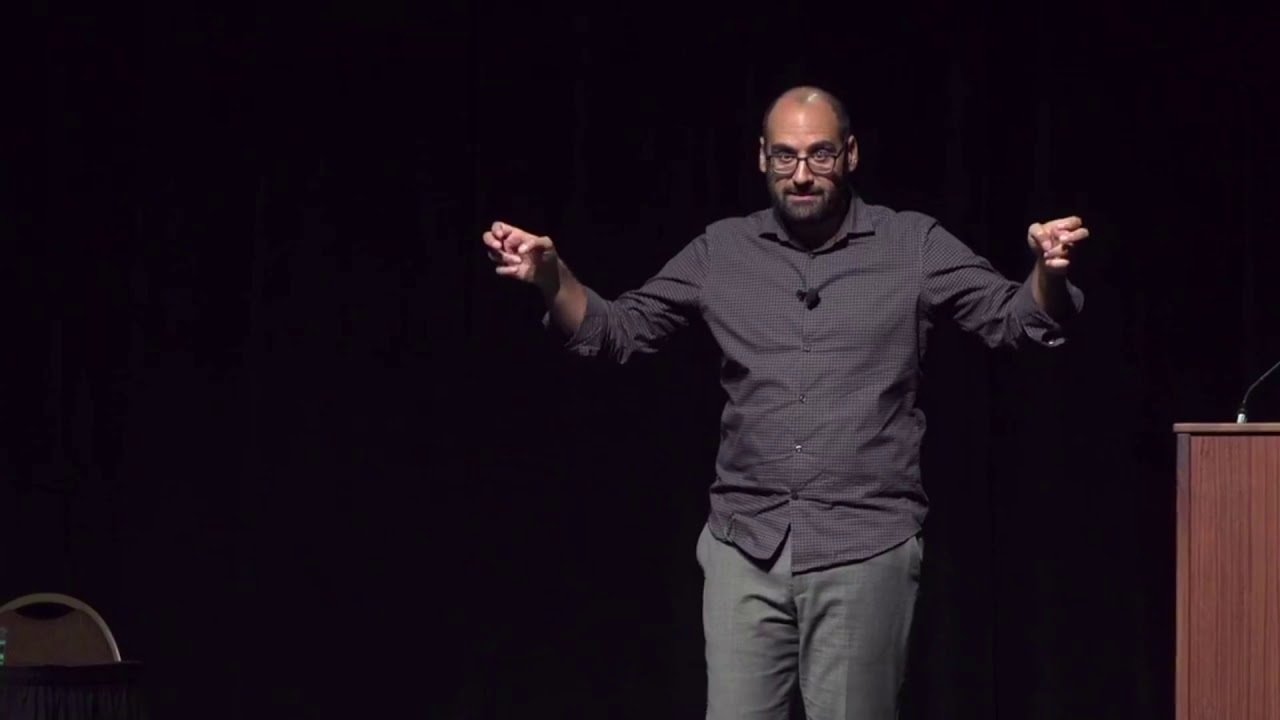
Ali Rahimi (Google), NIPS 2017
"Machine learning has become alchemy."

"Physics was a point of view that the world around us is [...] understandable in a predictive and reasonably quantitative fashion."
John Hopfield
There are also "springs" in quantum computing
Springs and balls
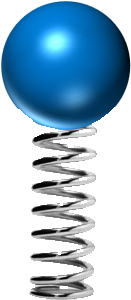
Spring
"The career of a young theoretical physicist consists of treating the harmonic oscillator in ever-increasing levels of abstraction."
Sidney Coleman
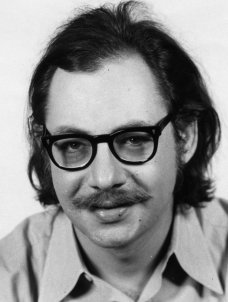
Outline
Superposition
100% Head
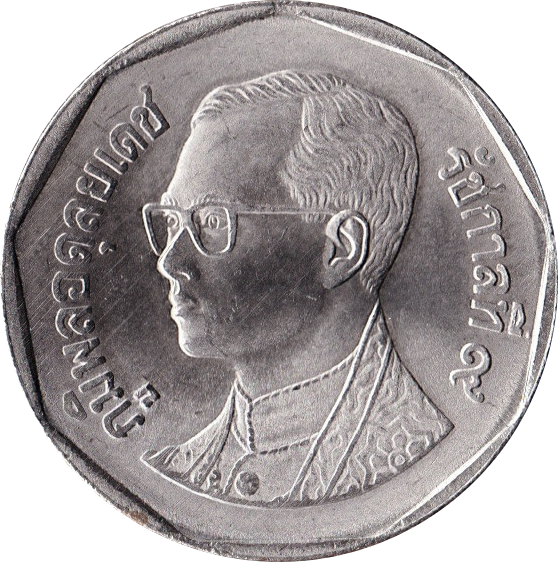
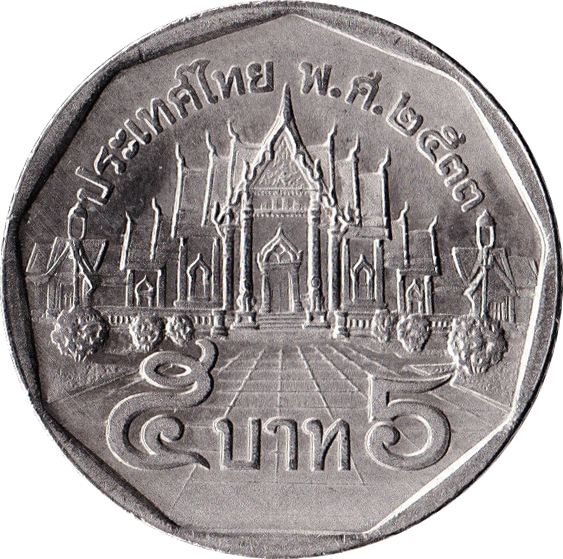
100% Tail




50% Head 50% Tail
50% Head 50% Tail
A coin in superposition is neither in the state "head AND tail at the same time" nor "head OR tail"; they constitute a new physical ontology.
Why? Interference!

Zach Weinersmith, SMBC comics
Interference





Head

Head
Quantum coin flip
(Hadamard gate)
50/50 to measure Head or Tail


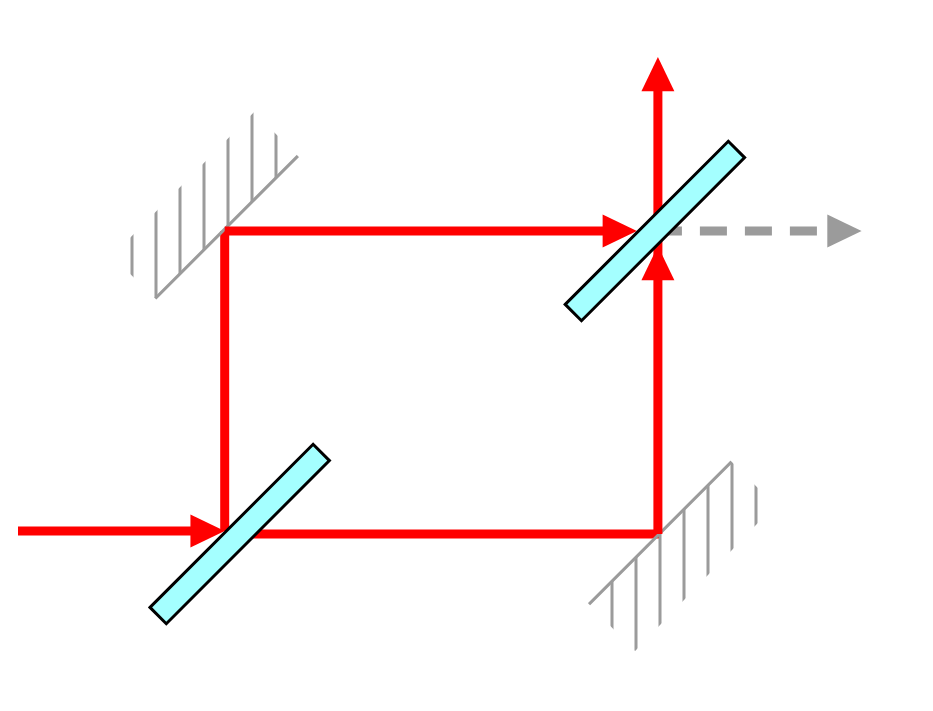
"The goal in quantum computing is to choreograph things so that [the paths leading to a wrong answer destructively interfere.]"
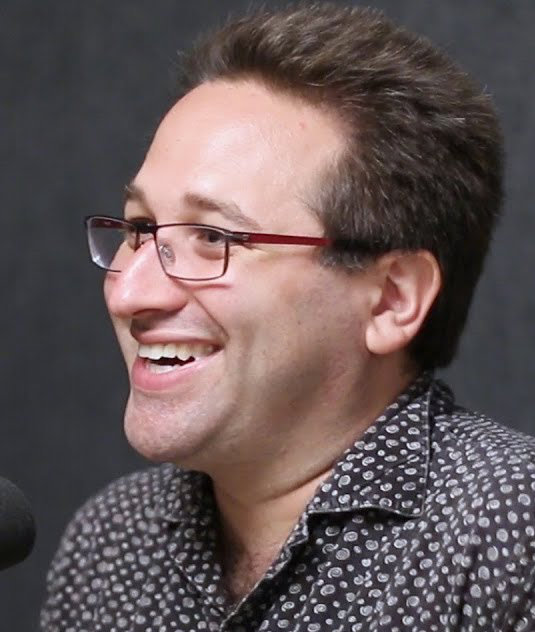
Scott Aaronson
Entanglement
Superposition of states of multiple particles or independent properties
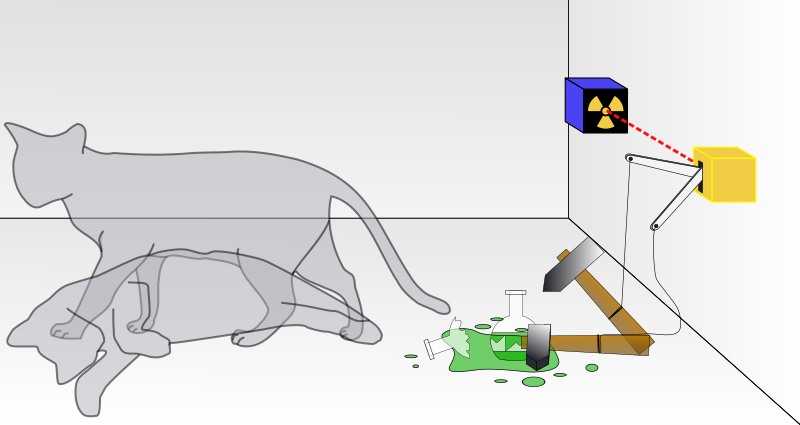
"I would not call entanglement one but rather the characteristic trait of quantum mechanics"
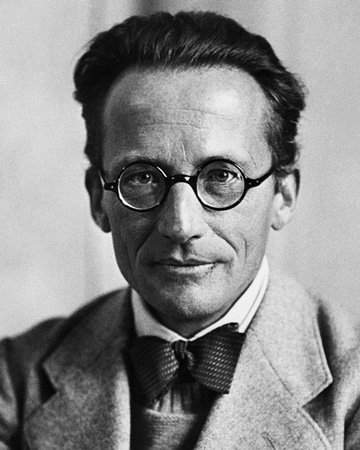
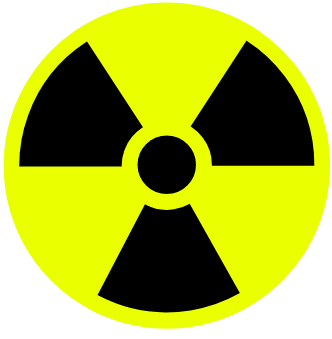
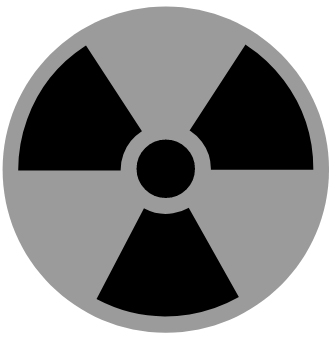


A generic state of \(n\) quantum coins is a superposition of \(2^n\) states

2 coins: 4 states
3 coins: 8 states































Naïvely, the resource required to represent the state grows exponentially in the number of coins
But we can spend much less for certain restricted forms of entanglement
Outline

Kenneth Rudinger (Sandia), APS March Meeting 2016
Quantum characterization
Quantum state determination
- We cannot learn an unknown quantum state using a single measurement
- Moreover, any measurement destroys the state
- A single type of measurement cannot distinguish all states




Both 50% Head 50% Tail
Curse of dimensionality
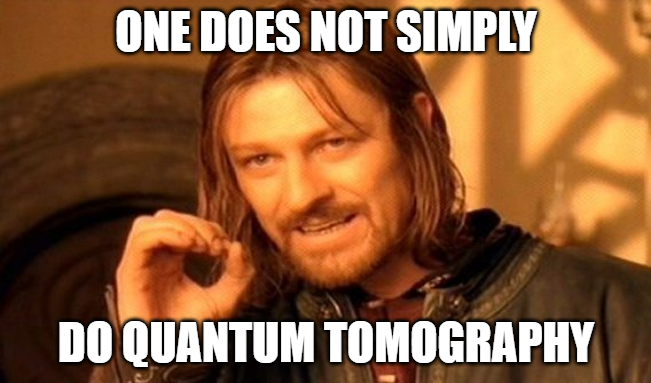
Full quantum state determination ("tomography") is done by performing a set of carefully chosen measurements, repeated many times to gather the statistics
The exponential complexity presents a problem of its own
Quantum state certification
In a real experiment, we often have a good idea what our state is being produced, given e.g. calibration of our devices
Are we asking the right question?
Full quantum state determination seeks to find the true state among all possible states
- Infeasible for >10 qubits
- May required simultaneous measurements on all qubits
Quantum state certification seeks to find if the true state is close to a given target state \(\rho\)
Hayashi et al., J. Phys. A: Math. Gen. 2006
Pallister et al., PRL 2018
- Much less resource intensive (possibly independent of the number of qubits)
- Single-qubit measurements only
At the time, not much was known about an optimal certification of more-than-three qubit states except the \(n\)-qubit GHZ ("cat") state
Li et al., PR Applied 2020
ND, Han and Zhu, Optimal verification of stabilizer states, PRR 2020






CPHASE gate


Vertex
Edge
Graph states
"Spring" of quantum computing



- Efficient representation of states and transformations as graphs and graph transformations
- Can be created in one entangled step*
- Equivalent to doing classical dynamics on a discrete phase space*
Architecture for showing quantum advantage

Erik Lucero/Google
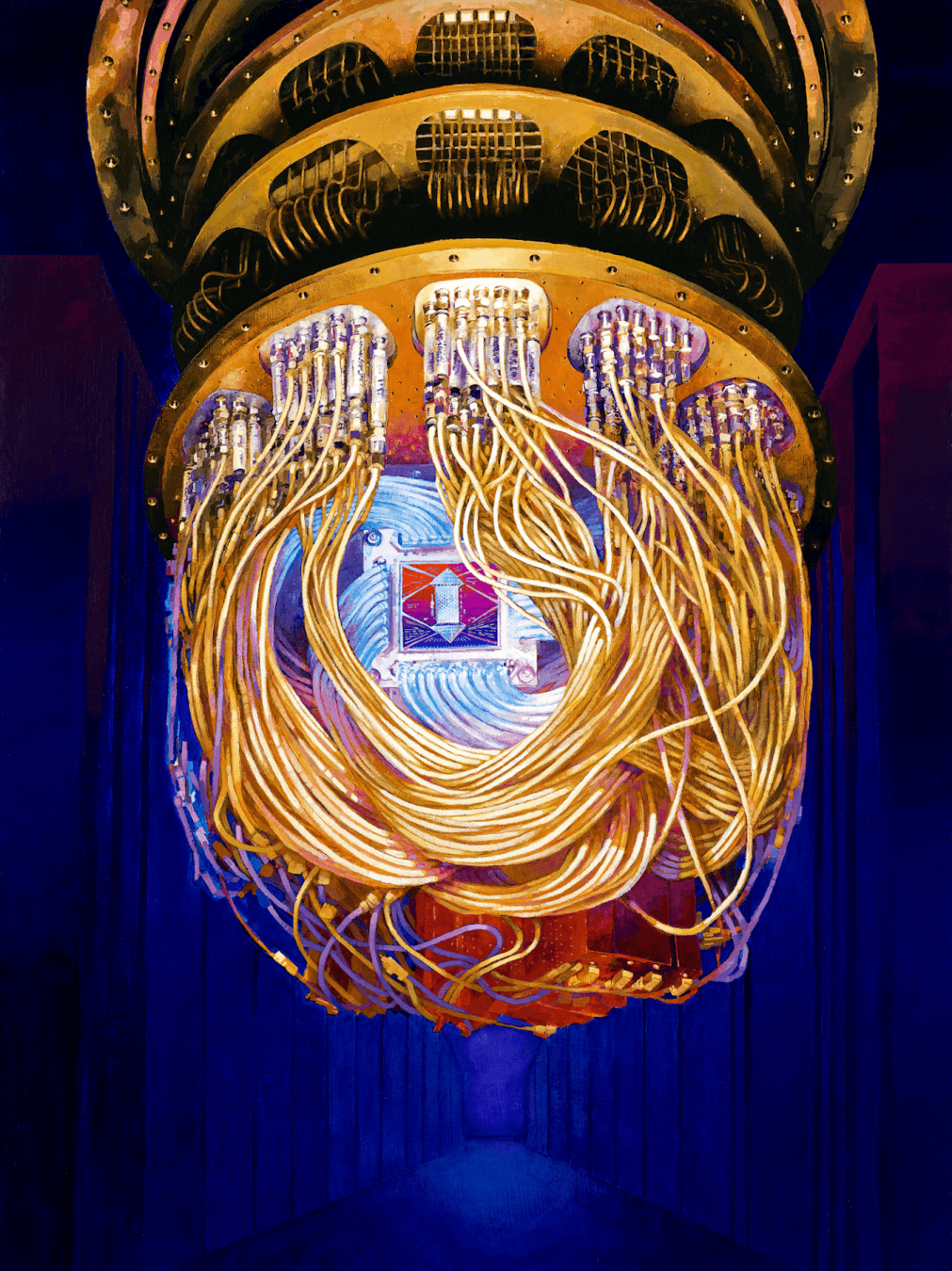
Nature/Google

- Quantum computational advantage ("supremacy") is the goal of demonstrating that a quantum device can efficiently perform a task that is intractable on any classical computer
- The task itself does not have to be useful
- To achieve this goal, we want to reduce the noise on the quantum hardware as much as possible
Arute et al., Nature 2019
"Fidelity"
"Free fermionic" entangling gates native to the superconducting qubit architecture can be performed with much higher fidelity (>90%) than CNOT (~50%)
Can we use purely those gates to demonstrate quantum supremacy?
Oszmaniec, ND, Morales, and Zimborás, Fermion Sampling: a robust quantum computational advantage scheme using fermionic linear optics and magic input states, arXiv:2012.15825
Free fermions
Another "spring" of quantum computing
Free fermionic entangling gates can be mapped to non-interacting (free) "fermionic" quantum particles






- Efficient representation of states and transformations as non-interacting quantum springs and oscillations
- However, free fermionic gates alone cannot generate entanglement that is intractable on a classical computer
- Add another type of spring! The cat state!








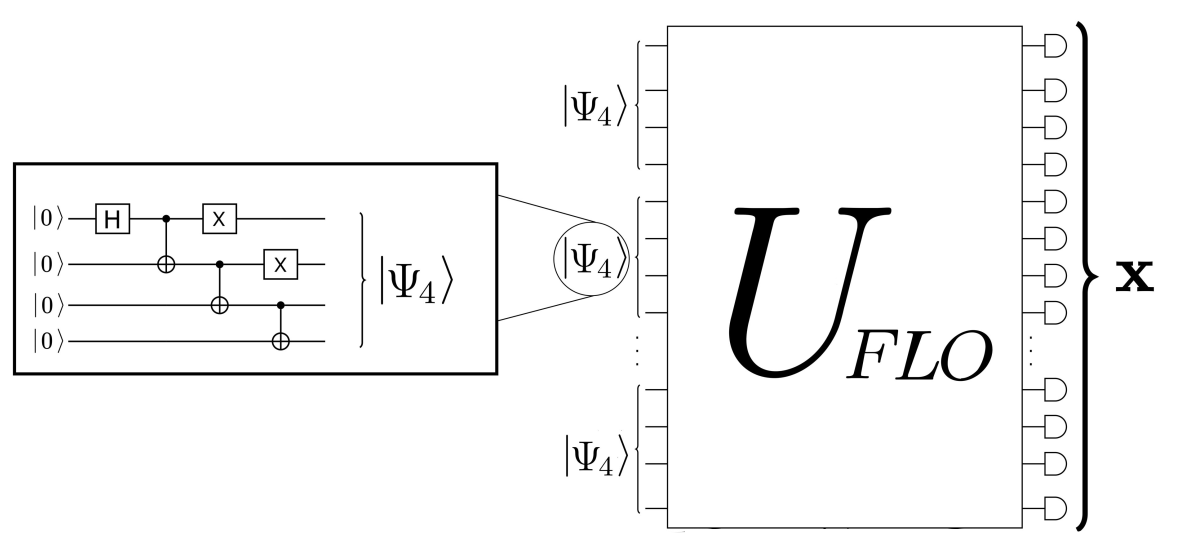


Outline
Conclusion
- Physics teaches us about building a simple model and adding complexity in a controllable way
- But be open to learning from other disciplines such as computer science
- Be curious, and have fun venturing into the unknown!
What are theoretical physicists doing here?

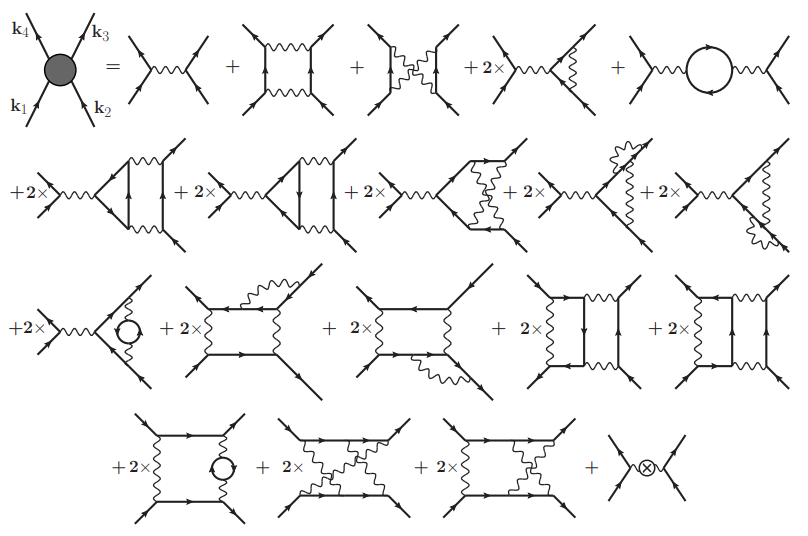
IFxQTFT MOU talk
By Ninnat Dangniam
IFxQTFT MOU talk
25 Feb 2022
- 776

